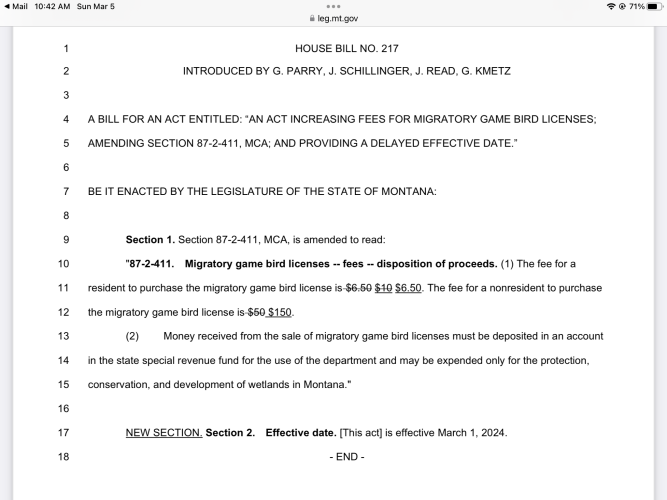huntin24/7
Well-known member
We can argue about how we go about reducing pressure, but I think we can all agree that for a lot of game species in many areas in the west, the pressure put on them isn’t sustainable. I’m not going to throw nearly all the blame on non residents. It’s absolutely coming from increased resident hunters as well. I really don’t feel bad at all though for someone as a non resident being limited to 2 one week periods or a 2 week period or whatever. I moved from ND to MT 15 years ago and had to plan my bird hunting with family back there over a couple weekends throughout the season. As soon as I moved states, I felt 0 entitlement to be able to hunt there as much as I want. I made the choice to move.





